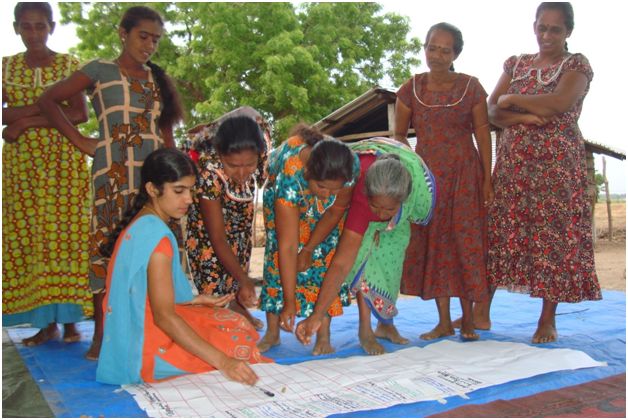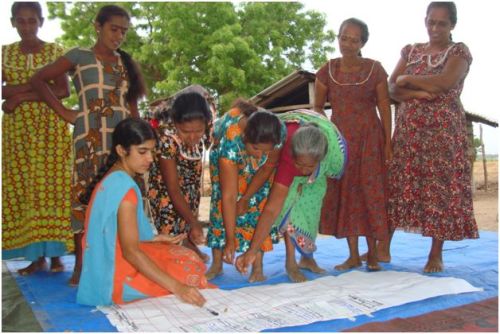
This Saturday 13 October is the International Day for Disaster Reduction, a day to celebrate how people and communities are reducing their risk to disasters, and to raise awareness about the importance of Disaster Risk Reduction (DRR).
The International Day for Disaster Reduction (IDDR) encourages every citizen and government to take part in building more disaster-resilient communities and nations.
“Vulnerability to disaster is growing faster than resilience … Disaster risk reduction should be an everyday concern for everybody. Let us all invest today for a safer tomorrow.”
Secretary-General Ban Ki-moon
The International Day for Disaster Reduction started in 1989 with approval by the United Nations General Assembly, as a way to promote a global culture of disaster reduction, including disaster prevention, mitigation and preparedness. Originally falling on the second Wednesday of October, the IDDR is now celebrated on 13 October every year, following a decision by the UN General Assembly.
Step Up
The Step Up initiative was launched in 2011 and will be focusing on a different group of people every year leading up to the World Conference for Disaster Reduction in 2015. This year’s theme is “Women and Girls: the [in]Visible Force of Resilience”.
2012: Women and Girls: the [in]Visible Force of Resilience
Women and girls are powerful agents of change. They have unique knowledge and skills — crucial when addressing or managing disaster risks. They must participate in poverty reduction, climate change adaptation and disaster risk reduction that will shape their future and those of their families and communities.
Oxfam and IDDR
In the lead-up to IDDR, the Australian Agency for International Development AusAID launched the AusAID Disaster Risk Reduction Photo Competition, in which aid organizations were invited to submit photos of their AusAID-funded Disaster Risk Reduction programs. Our photo of a DRR program being implemented in Mangikkadu village, Sri Lanka made it to the top 20:

The photo depicts women of all ages participating in a monitoring activity designed to assess Knowledge, Attitude and Practice (KAP) on DRR. The results of the survey then enable Oxfam to measure qualitative change over time, assess gaps and take action to increase awareness and strengthen preparedness.
Furthermore, as part of the multi-agency Emergency Capacity Building Consortium (along with Save the Children, World Vision and Caritas), we’re excited to be launching the new Disaster Risk Reduction practitioner’s handbook Toward Resilience: A Guide to DRR & CCA, to be launched on the International Day for Disaster Reduction.
Find out more
Read more about International Day for Disaster Reduction
Learn more about Oxfam’s work in disaster risk reduction around the world
Donate to our Before Disaster Strikes appeal and help vulnerable communities build their resilience